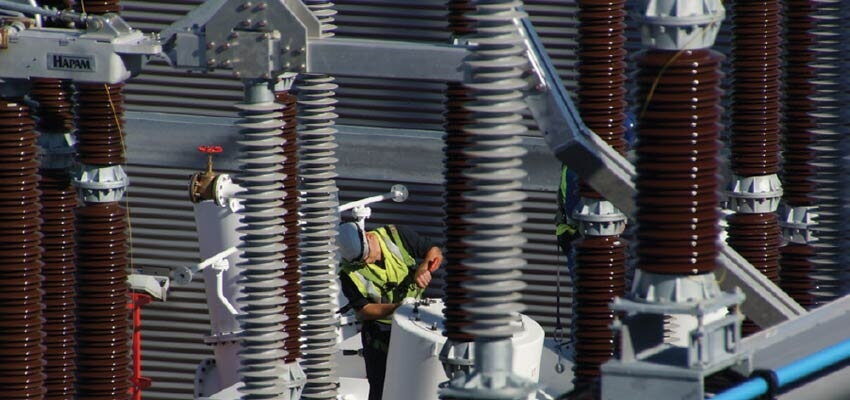
Column: Transformer lifecycle
Power transformer asset management Abstract In 2014, the ISO 55000 standard on asset management was issued, providing an internationally recognized framework for asset management...
byJos WETZER

Power transformer asset management
Abstract
In 2014, the ISO 55000 standard on asset management was issued, providing an internationally recognized framework for asset management that utilities can adopt to enhance the asset performance while controlling the risks at acceptable costs. This standard is, deliberately, made applicable to different kinds of organizations and assets, hence it does not elaborate on the management of specific assets in specific organizations. As a result, it is the utility’s responsibility to translate this framework into technical asset management processes along the lifecycle of assets. This was recognized in the 2015 IEC White Paper on Strategic asset management of power networks, which has eventually resulted in the formation of a new IEC Technical Committee (TC 123) dealing with the management of network assets in power systems. In this contribution, I will focus on power transformers and discuss the difference between asset management and managing assets. Further, I will explore options of introducing something like power transformer asset management, which, on the one hand, needs to be in compliance with ISO 55000, but on the other, needs to provide more detailed guidance to asset managers and operators.
Keywords: asset management, ISO 55000, lifecycle
- Introduction
Today’s world increasingly depends on electrical energy. Small and large consumers have become more vulnerable in case of outages but are, at the same time, more aware of their energy dependence, and more critical towards energy suppliers. Driven by the need for efficiency, risk control and transparency, we have seen the emergence of asset management standardization. With the introduction of PAS 55 in 2004, its revision in 2008, and the launch of ISO 55000 in 2014, there is now an internationally recognized framework for asset management that utilities can adopt to enhance the asset performance while controlling the risks at acceptable costs.
In the electrical power system, power transformers have a crucial function. Primarily, they are needed for voltage regulation. Next to that, they help increase network stability. As a whole, the transformer population represents a significant monetary value. Moreover, improper management, design and operation of power transformers may lead to reliability issues and failures, significant costs and service interruptions, capacity bottlenecks and congestion, and stability issues.
The question addressed in this contribution is: How can asset management standards be better utilized for optimized transformer management and controlled performance? Can we define something like power transformer asset management? And if so, what would that look like?







